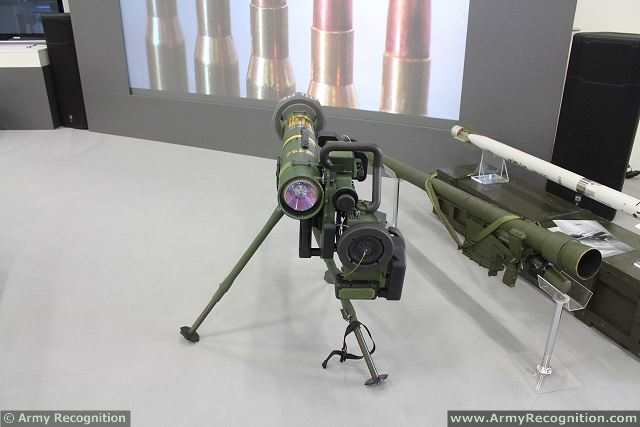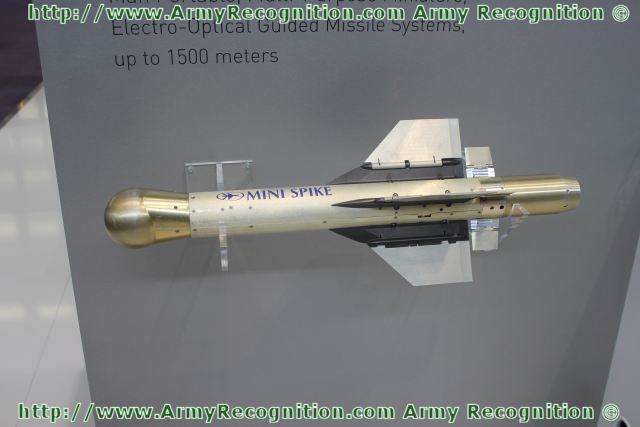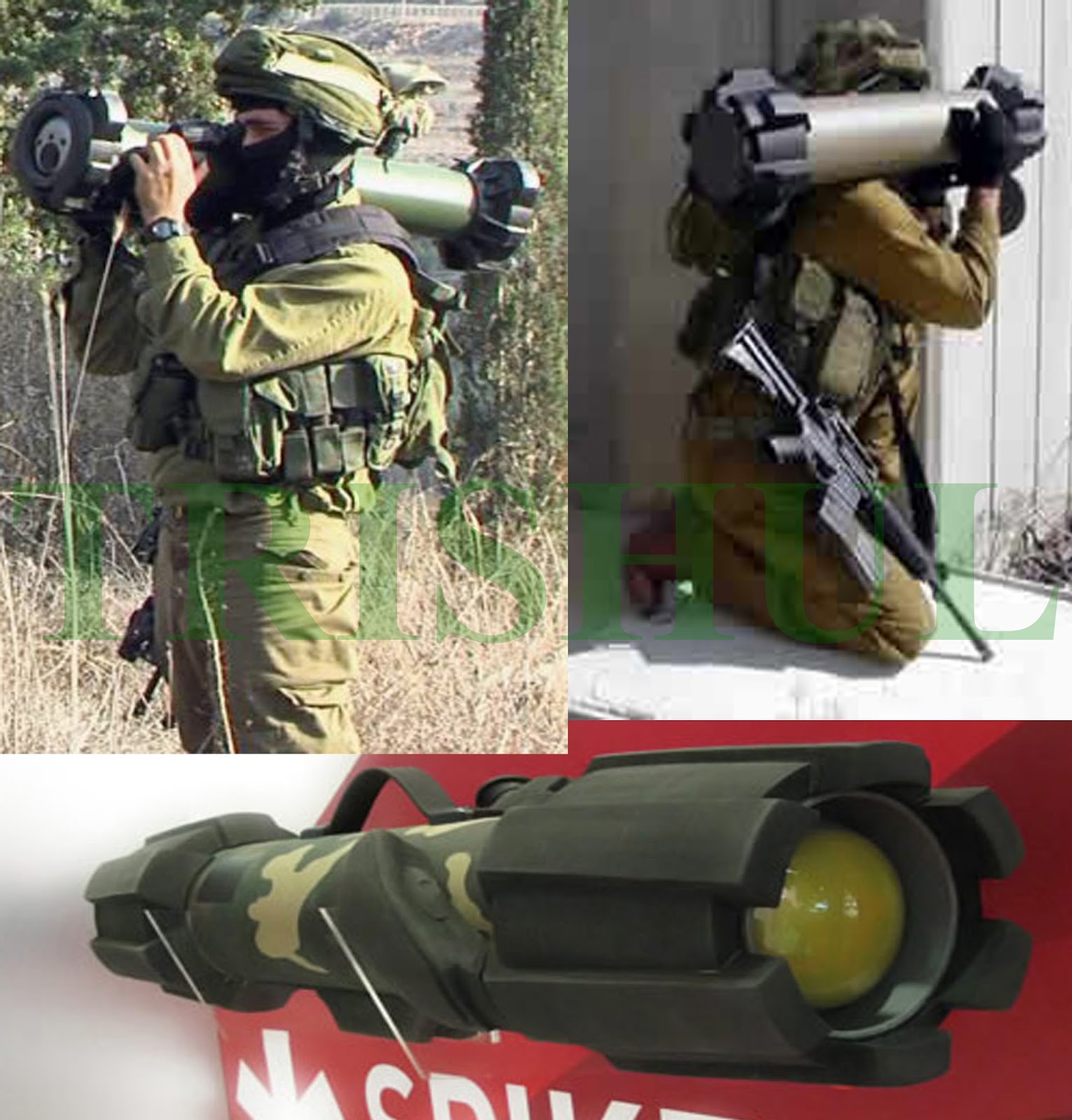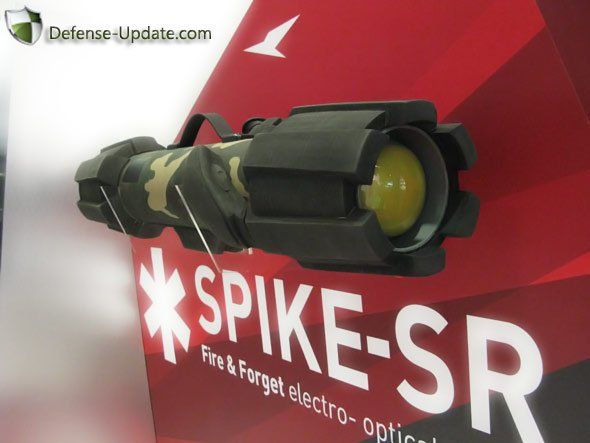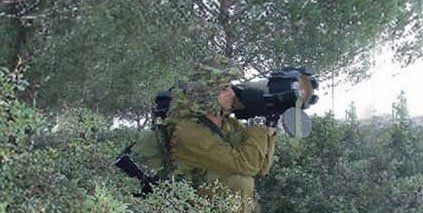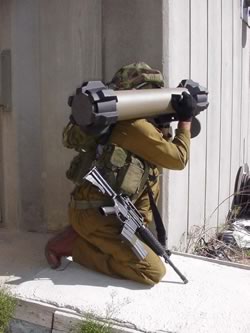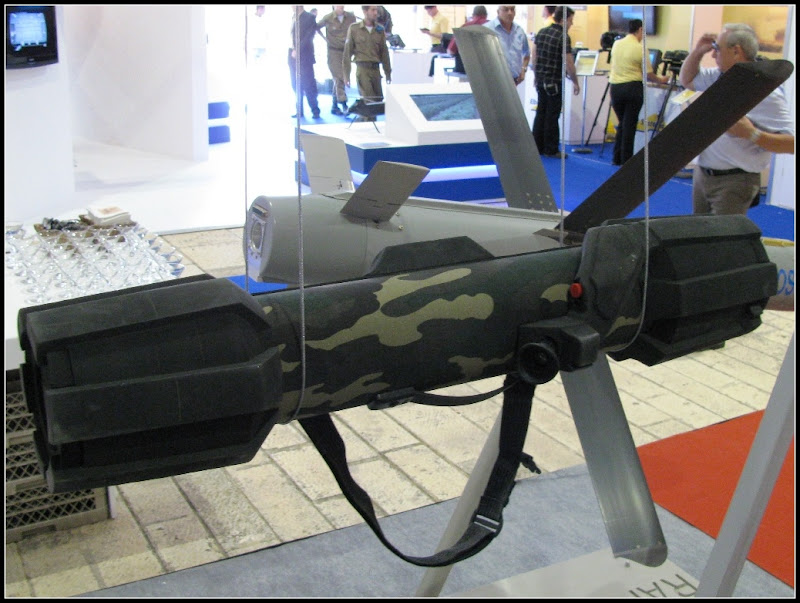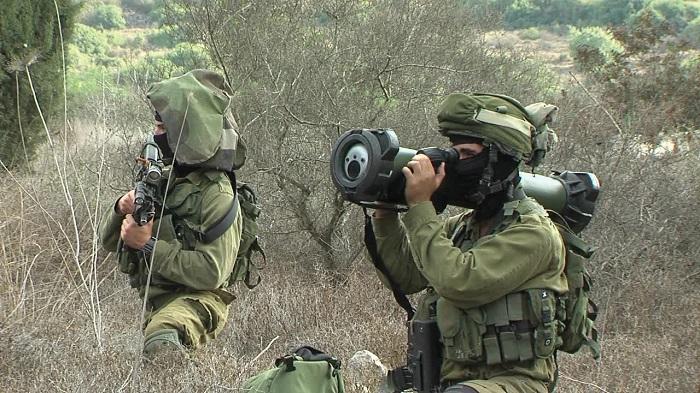WolfPack86
New Member
- Joined
- Oct 20, 2015
- Messages
- 10,571
- Likes
- 16,993

Description
The Spike Family consists of missiles suited for several platforms, multiple ranges and a variety of targets. The Spike missile system is manufactured and marketed by the Israeli Company Rafael. Spike is a fourth generation man-portable fire-and-forget anti-tank guided missile with tandem-charged HEAT warhead. The Spike missile can be also used on ship. SPIKE-ER Missile will be operated from dedicated station remotely and both operators (Boat navigator/steerer and missile operator) will be able to coordinate their action optimally – visual and hearing contact available. The SPIKE-ER can be installed in the AH-1S Cobra, Agusta A-129, MD-500 Defenders, Gazelle, Mi-24 Hind and many more aircraft or helicopter. All of the Spike Family members have a low Life Cycle Cost, due to high reliability and operational, logistic support and production commonality between members.
Variants
- SPIKE-MR (Gill): Light missile system for infantry and Special Forces soldiers
- SPIKE-LR: missile system to be fitted on armoured vehicle
- SPIKE-ER: stand-alone anti-armor weapon system
- SPIKE NLOS: an electro-optically guided missile for ranges of up to 25 km with pinpoint accuracy and midcourse navigation.
Technical Data
 Back to top
Back to top Firing and sight system
The Spike system is made up of the launching tripod with its fire control unit, thermal imaging sight and the missile. There is no dedicated thermal sight on the launcher - the missile's imaging seeker is used. Altogether, the long range variant of the system weighs around 26 kg. Spike can be operated from the launcher by infantry, or from mounts that can be fitted to vehicles such as fast attack vehicles, armored personnel carriers or utility vehicles. Vehicles that are not normally fitted with anti-tank weapons can therefore be given anti-tank capability.The missiles in this family have sophisticated electro-optic CCD or IR sensors for operation day and night and in adverse weather conditions and a tandem warhead. Their lofted trajectories enable the warhead to hit the target at its most vulnerable part with pinpoint precision.
Missile
The missile uses a tandem warhead - two shaped charges, a precursor warhead to detonate any explosive reactive armor and a primary warhead to penetrate the underlying armor. The missile has four rectangular fins for aerodynamic control at the rear, and four wings at just over halfway from nose to tail on the length of the body. They unfold as the missile leaves the launch canister. The guidance system in the nose of the Spike missile comprises a charge-coupled device (CCD) and imaging infrared (IIR) seeker. The imaging infrared provides higher sensitivity and improved thermal background rejection characteristics for all weather day and night operation.
Accessories
The SPIKE-Missiles can be fired from fighting Vehicles by using a Launching Arm or a Vehicle Mounted Launching System (VMLS). The Launching Arm is a special optional mounting arm that is installed on the vehicle instead of a Tripod. It is equipped with a Pan and Tilt mechanism (as the Tripod), enabling Missile targeting in azimuth and elevation. SPIKE Missiles can also be fired from within a fighting vehicle using RAFAEL designed VMLS. The VMLS, which replaces the whole Firing Post requires adaptation to the specific vehicle turret.
Combat use
As well as engaging and destroying targets within the line-of-sight of the launcher ("fire-and-forget"), some variants of the missile are capable of making a top-attack profile through a "fire, observe and update" guidance method; the operator tracking the target, or switching to another target, optically through the trailing fiber-optic wire while the missile is climbing to altitude after launch. The system is made ready to fire in less than 30 seconds. The soldier acquires the target and lays the crosshairs of the sight on the aim point on the target using either the day sight with a 10× magnification and 5° field of view or the clip-on thermal imaging night sight with wide and narrow fields of view.
Specifications
 Back to top
Back to top Missile
Single missile with Tandem-charge HEAT warhead
Country user
Azerbaijan, Chile, czech Republic, Ecuador, Finland, Germany, Israel, Italy, Netherlands, Peru, Poland, Romania, Singapore, Slovenia, South Korea, Spain, and Turkey.
Designer Country
Israel
Accessories
electro-optic CCD or IR sensors for operation day and night.
Operator
1 or 2
Armor
Can penetrated more than 700 mm of armour
Weight
Missile in canister: 13.5 kg
Launcher: 13 kg
a
a
Rate of fire
Ready to launch in 30 seconds, reload in 15 seconds
Range
800 m to 2.5 km
a
Dimensions missile
Length, 1,67 m; Diameter, 1,7 m













